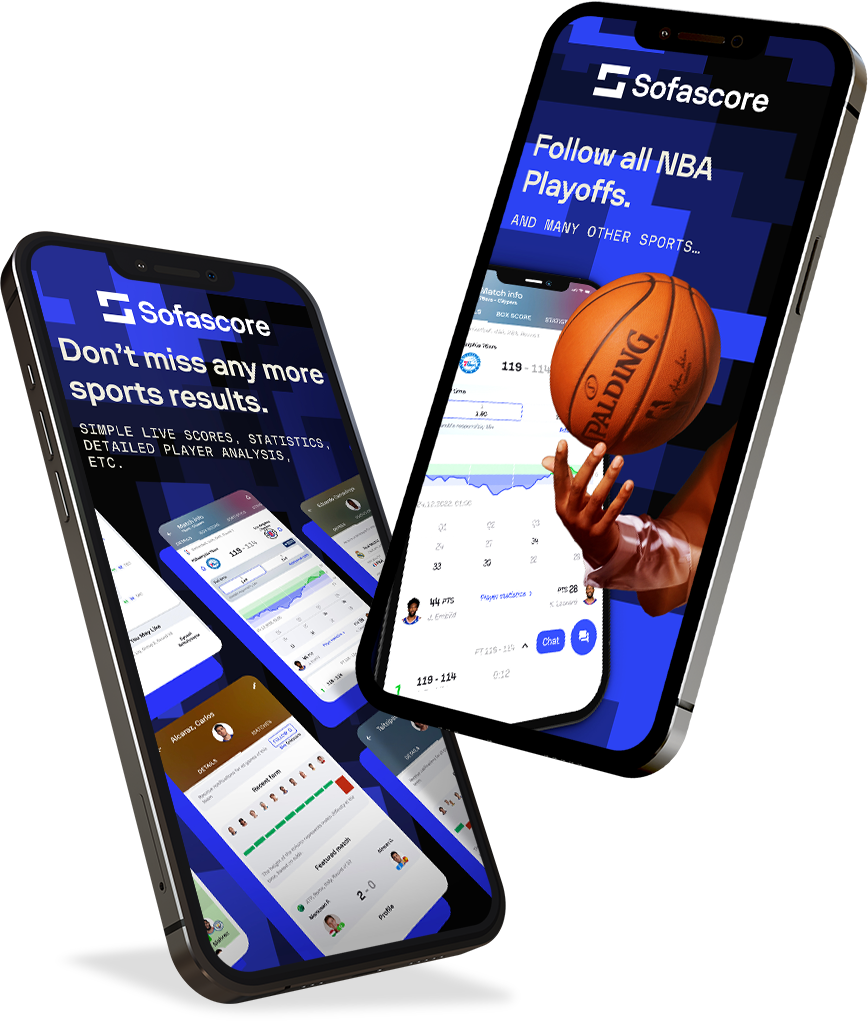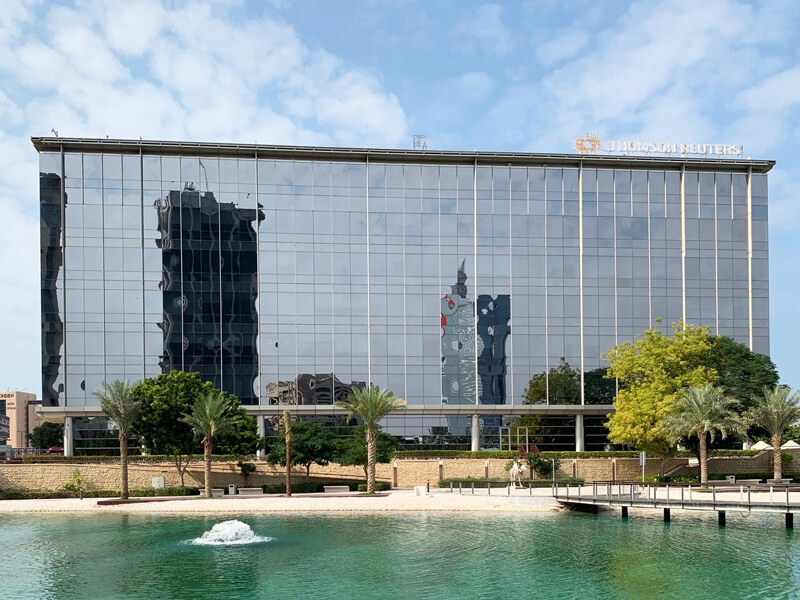Cost per Lead (CPL): Definition, Benchmarks, and Optimization Levers
Introduction
In the mobile ecosystem where data drives every decision, Cost Per Lead (CPL) stands out as a key metric for assessing the profitability of interest-based campaigns. While less direct than CPI or ROAS, it offers a precise measure of how much it costs to prompt a user’s first engagement, whether it’s a sign-up, a completed form, or participation in an offer.
In mobile acquisition, CPL becomes a strategic KPI when the goal isn’t immediate purchase but rather building a qualified user base that can be activated later. When used wisely, CPL helps strike a balance between performance and forward planning.
What is CPL and how is it calculated?
Cost Per Lead represents the average cost of generating a lead, that is, a user who has shown genuine interest in an offer. They’re not yet a customer, but they’ve taken a meaningful action that indicates potential intent to convert in the short or medium term.
This lead can correspond to actions such as:
- Signing up (for a newsletter, a user account, or app pre-registration)
- Taking part in a marketing campaign (contest, promo code, etc.)
- Filling out a form to access an offer, content, or service
- Adding an item to a cart
The formula is straightforward:
Cost per Lead = Total spend ÷ Number of leads generated
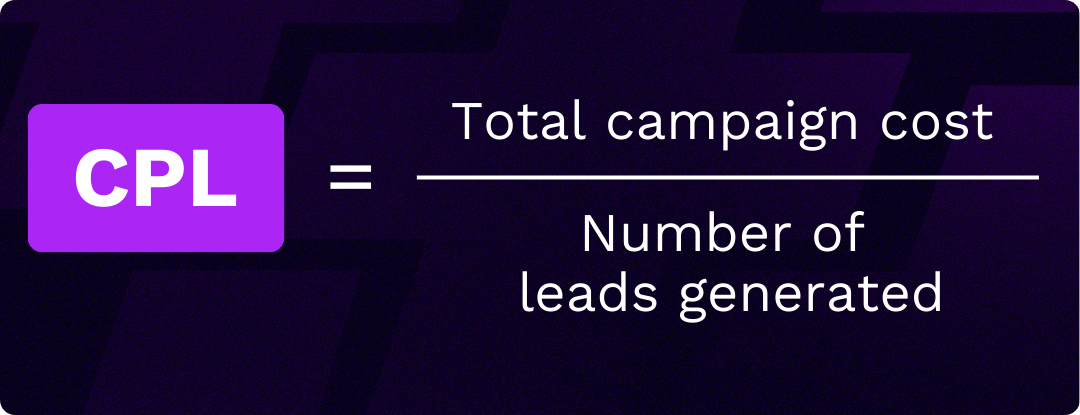
For example, a $4,000 campaign that generates 800 leads results in a CPL of $5. This KPI helps compare how effectively different channels, messages, or formats drive qualified engagement, before conversion even happens.
Benchmarks: What’s a good CPL?
There’s no such thing as a “universal” good CPL. It all depends on the channel, industry, complexity of the expected action, and most importantly, the business value of each generated lead. A $100 CPL can be excellent in B2B with a five-figure LTV, but completely off the mark for a freemium mobile app.
Here are some average B2C benchmarks by channel:
- SEO: $31
- Social media: $58
- LinkedIn Ads: $75
- SEA (Google Ads): $110
- Email marketing: $53
- Offline channels (TV, print, etc.): $619
Source: Visitor Queue
Cost per Lead by industry – benchmark
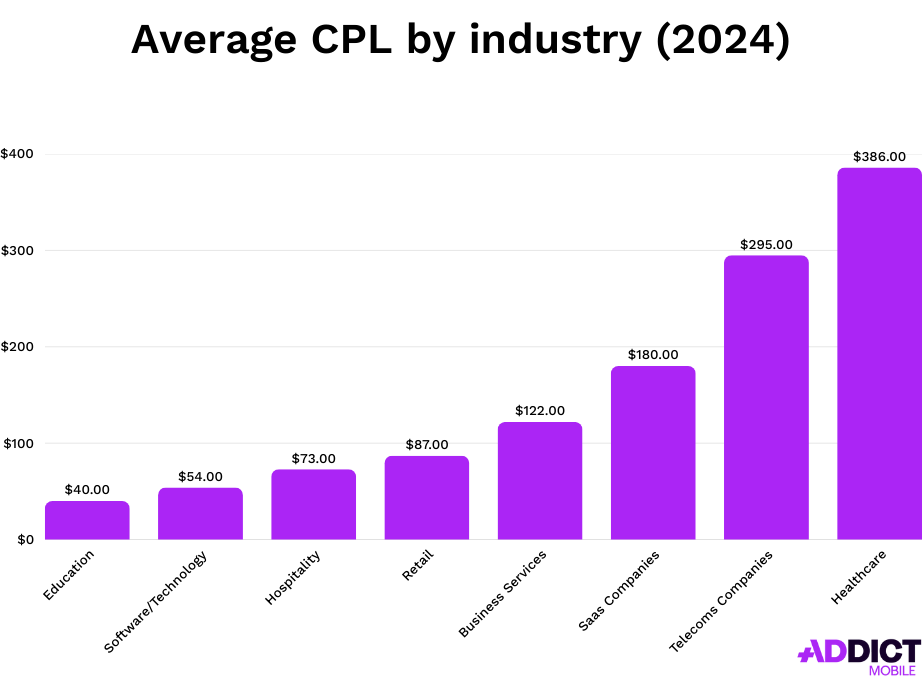
These figures provide a general reference but should never be interpreted in isolation. What really matters is the ratio between the cost of the lead and its return. A higher cost per lead can be perfectly acceptable if those leads convert better or bring more long-term value.
Why is CPL important in user acquisition?
Cost per lead is a key metric in campaigns where the goal goes beyond simply driving app installs. It measures how effectively a campaign generates qualified interest before conversion.
It’s especially valuable for:
- Soft launches, to identify users interested in an upcoming product or feature
- Retargeting, to re-engage users already exposed to a first campaign
- Event-based or pre-launch campaigns, aiming to capture opt-in leads (exclusive access, early content, etc.)
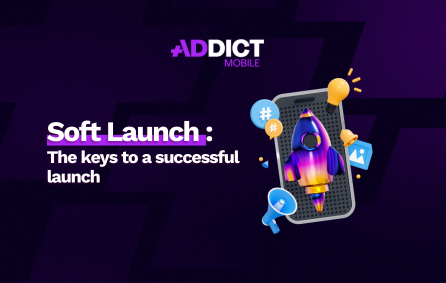
Discover all our tips for a successful soft launch
It also serves as a strategic tool to:
- Compare acquisition channels based on profitability
- Adjust budgets in real time when leads are too expensive or not qualified enough
- Forecast investment needs based on lead volume targets
Finally, CPL supports the analysis of other KPIs like cost per sale or LTV by providing a more granular view of acquisition funnel profitability.
CPL vs CPA, CPI, and CPC: What’s the difference?
Cost per lead sits between a simple click (CPC) and a final conversion (CPA). It captures an intermediate stage: user intent. That makes it a valuable metric to assess campaign performance before conversion, though it’s not enough on its own to determine overall profitability.
CPL vs CPC
CPC (Cost Per Click) measures a surface-level interaction, a simple click. Cost per lead goes a step further, indicating whether that click resulted in a concrete action. It offers an early signal of a campaign’s ability to drive meaningful engagement.
CPL vs CPA
CPA (Cost Per Action) measures a final conversion like a purchase or subscription. CPL, on the other hand, tracks the cost of a prior engagement, such as a sign-up. A low cost per lead paired with a high CPA may signal that leads are poorly qualified.
CPL vs CPI
CPI (Cost Per Install) tracks the cost of an app download and is often used in high-volume campaigns. CPL is more relevant for strategies where the user expresses interest before installing (e.g., pre-registration or form submission), giving early insight into traffic quality.
How to improve your Cost per Lead
Optimizing your cost per lead isn’t just about lowering costs, it’s about maximizing the quality of the leads you generate.
1. Create ads that drive action
The first lever to lower CPL is creatives that capture attention and prompt users to act. A generic message, poor targeting, or weak visuals will lead to lower conversion rates, and a higher CPL.
- Use mobile-friendly visuals: vertical formats, clean design, and instant readability
- Leverage immersive formats (video, UGC, carousel) to boost interaction
- Craft a clear message aligned with the desired action: sign-up, free trial, exclusive offer, etc.
- Match the tone to your target audience, exclusive, fun, reassuring, and so on
2. Refine targeting to avoid wasted spend
Even the best creative won’t work if shown to the wrong audience. Broad targeting often results in wasted budget, poorly qualified leads, and a rising CPA.
- Build lookalike audiences based on your most engaged or converted users
- Segment based on relevant criteria: app usage, location, device, behavior
- Exclude users who already engaged or belong to underperforming audiences
This approach increases the likelihood that each click leads to a high-quality lead.
3. Test and iterate continuously
CPL is a great indicator to quickly spot what’s working. But to make the most of it, testing needs to be structured.
- Compare different creatives on the same audience (product-focused vs. storytelling, direct CTA vs. inspirational tone)
- Test various campaign formats: native lead ads vs. redirecting to an external landing page
- Experiment with form copy and hooks, especially during retargeting phases
The goal isn’t to test everything blindly, but to prioritize high-impact hypotheses (CTA, value proposition, format) and analyze results with a clear framework.
4. Ensure consistency and a smooth post-click experience
Even the best creative won’t convert if the post-click journey is confusing or poorly optimized.
- Visual continuity: maintain the same color codes and messaging from ad to landing
- Clear, fast forms: minimize required fields, keep CTAs visible, ensure responsive design
- Fast load times: especially critical on mobile, where even a short delay can cause instant drop-off
- If redirecting to a store or app: make sure the store listing (icon, screenshots, description) aligns with the ad promise
A seamless post-click UX reduces friction and increases the chances of turning interest into real leads.
5. Use retargeting wisely
Not every user converts on the first click. Retargeting is a powerful way to re-engage those who showed interest but didn’t follow through.
- Target users who clicked but didn’t complete a form, or dropped off before submitting
- Tailor retargeting messages: add social proof, a limited-time offer, or simplify the action required
Retargeting helps maximize initial investment by turning part of the “lost” traffic into qualified leads, without having to start from scratch.

Do not hesitate to contact with our teams
Addict can support you to improve your performance.
Conclusion
Cost Per Lead provides a valuable lens to evaluate how effectively a campaign generates qualified interest ahead of conversion. It doesn’t replace other KPIs, but complements them, especially in multi-step user journeys.
Its strength lies in revealing the quality of the audience, the relevance of the message, and the efficiency of the post-click path. By optimizing these elements, CPL becomes a strategic lever to better manage UA investments.
